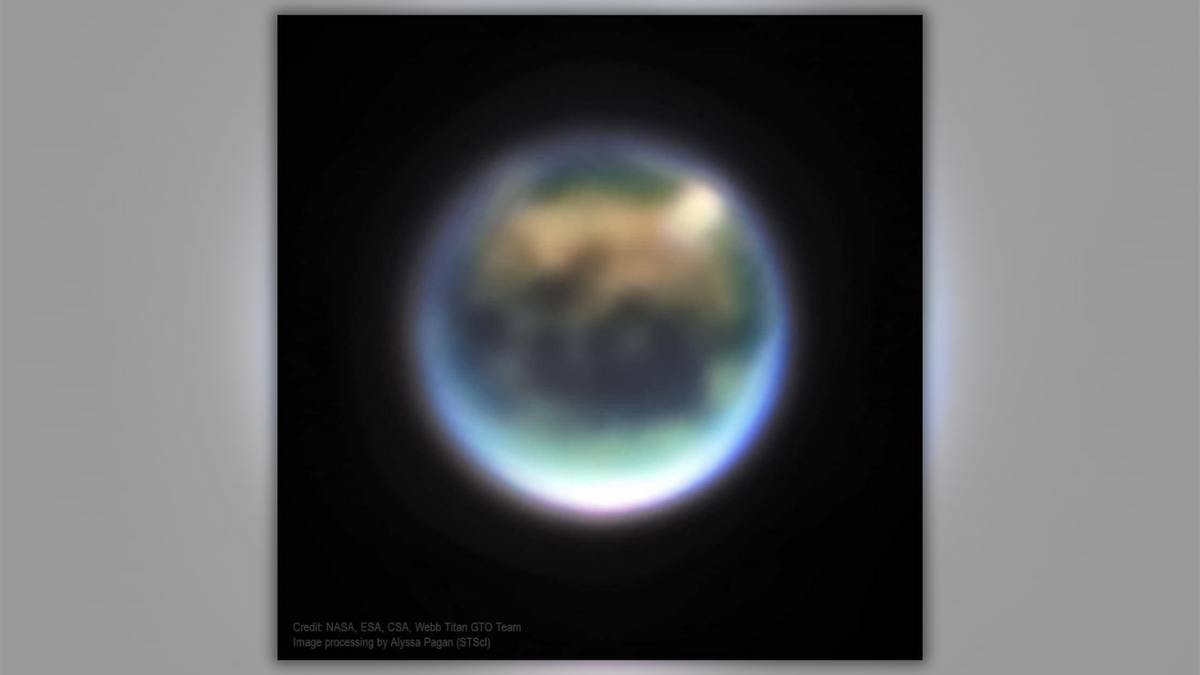On April 24, 2024, the X account @historyinmemes posted a blurry image of a celestial body that looked similar to Earth and claimed it showed Saturn's largest moon, Titan.
The account wrote: "A blurred photo of Earth? Nope, this is Titan, Saturn's largest Moon captured by NASA's James Webb Space Telescope."
Similar posts appeared elsewhere on X, as well as on TikTok, Threads, Facebook and Reddit. Together, the posts had amassed more than 18.5 million views.
But not everyone was convinced by the photo in the @historyinmemes post. One X user asked whether the claim was true, while others suggested it could be computer-generated imagery, a NASA lie, or even "just Earth."
However, the picture was legitimate, according to a NASA blog post published on Dec. 1, 2022, that also featured it on social media.
The U.S. government agency said the James Webb Space Telescope (JWST) captured it on Nov. 5, 2022. It was among the first photos JWST had taken of Titan (Saturn is the sixth planet from the sun, and the second largest in the solar system).
In the blog post, NASA explained the similarities and differences between Earth and Saturn's largest moon and expressed excitement at its findings:
Titan is the only moon in the solar system with a dense atmosphere, and it is also the only planetary body other than Earth that currently has rivers, lakes, and seas. Unlike Earth, however, the liquid on Titan's surface is composed of hydrocarbons including methane and ethane, not water. Its atmosphere is filled with thick haze that obscures visible light reflecting off the surface.
We had waited for years to use Webb's infrared vision to study Titan's atmosphere, including its fascinating weather patterns and gaseous composition, and also see through the haze to study albedo features (bright and dark patches) on the surface. Titan's atmosphere is incredibly interesting, not only due to its methane clouds and storms, but also because of what it can tell us about Titan's past and future – including whether it always had an atmosphere. We were absolutely delighted with the initial results.
NASA added that, at the time of publication, the data from its findings had not yet been peer-reviewed.
The photo also appeared on the websites of the JWST, the European Space Agency and science and technology magazine New Scientist.

